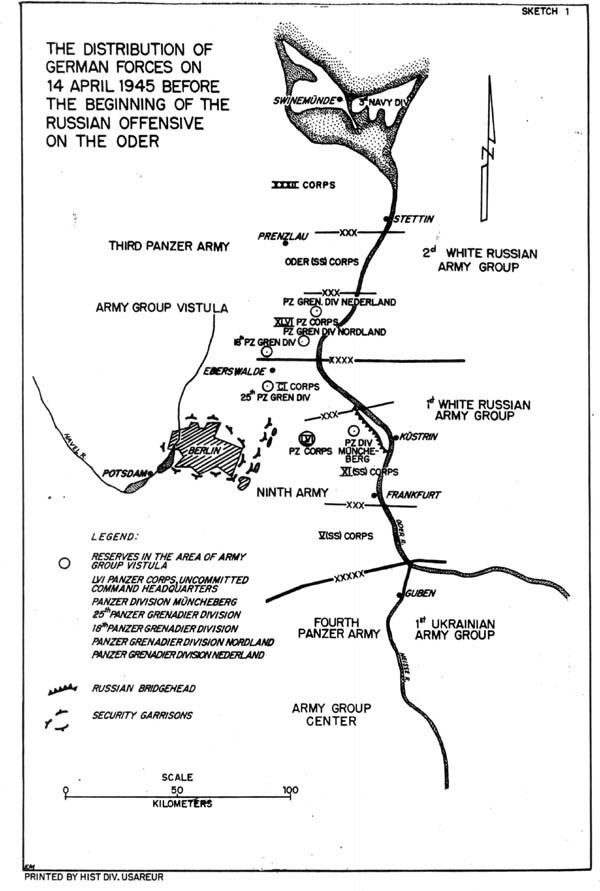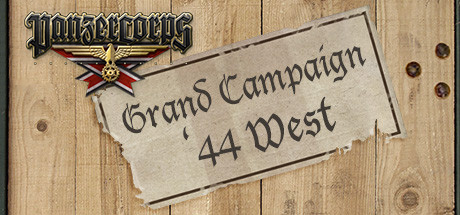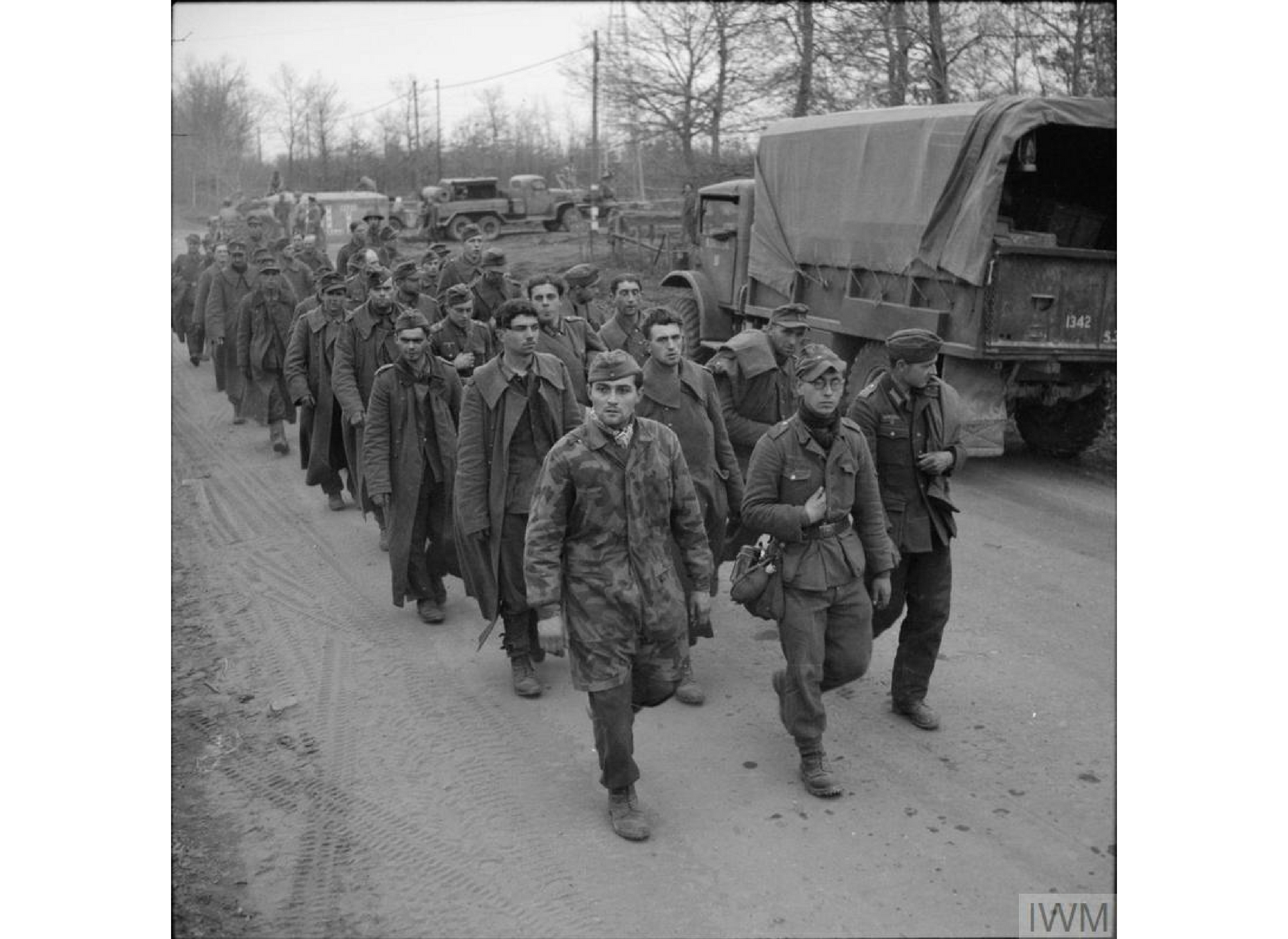

South of Brest, the bridges across the river fell undamaged into the hands of XXIV Panzer Corps northwest of Brest, the bridges had been destroyed earlier and had to be replaced by an emergency bridge at Legi. The crossing of the Bug succeeded at the entire front, because the surprise of the enemy was complete.

XXXXVI Panzer Corps (General of the Panzer Troops Baron von Vietinghoff) with 10th Panzer Division, SS Division "Das Reich" and Infantry Regiment "Gross Deutschland" were at first held back in the area Radzyn - Lukov - Deltlin in order to be added as reserves for the Panzer Groups to the XXXXVII Panzer Corps, following the clearing of the Bug bridges. XXXXVII Panzer Corps (General of the Panzer Trops Lemelsen) with 18th and 17th Panzer Divisions in the front lines from Legi and Pratulin via the Lesna sector on both sides of Vistizhche toward Vidomla - Pruzana - Slonim, with the 29th Motorized Division behind as second wave with the 167th Infantry Division subordinate for crossing the river to the left of the panzer divisions. XII Corps (General Schroth) with 45th and 31st Infantry Division from the line north of Koden - Neple for the encirclement of Brest - Litovsk, with the forces not needed for this operation, in order to advance between the roads Brest - Kobryn - Bereza Kartuska and Motykaly - Pellshche - Pruzana - Slonim for mopping up the terrain between XXIV Panzer Corps and the XXXXVII Panzer Corps, adjacent to the left, to protect the inner flanks of these two Corps XXIV Panzer Corps (General of the Panzer Troops, Baron Geyr von Schweppenburg) with 255th Infantry Division (subordinate for crossing the river) from Vlodava toward Maloryta First Cavalry Division from Slavatishche via Maloryta toward Pinsk Fourth Panzer Division from Koden toward the road Brest-Kobryn Third Panzer Division from north of Koden toward Brest-Kobryn Tenth Motorized (Division) behind as. With the start of the offensive on 22 June 1941, the following units moved up: employment of the 1st Cavalry Division belonging to the Panzer Group on the right flank in this swamp area which was hardly passable for motorized units.įurther protection was provided by the infantry divisions following the armored divisions as well as by far-reaching air reconnaissance. distribution in depth, especially on the most severely threatened left flank ī. The Commanding General decided to socure flank protection by two measures:Ī. The Russians might push along the main road via Volkovisk - Slonim.

This concentrated force, after recognizing the danger caused by the tanks in its rear, could be expected to attempt an escape from the threatening encirclement. It was chiefly the left flank which was threatened due to the heavy Russian concentration near Bialystok. In the wake of the successful armored attack, open flanks on both sides would necessarily develop from the start. At the same time, the Panzer Group became subordinate to Fourth Army, Field Marshal von Kluge commanding. To provide uniform command as soon as the Offensive started, the commander requested and obtained the attachment of XII Corps and of infantry divisions stationed in the zone of attack. The infantry of Ninth Army attacked subsequently. Only small infantry elements of Fourth Army were to advance in this terrain.Įlements of Fourth Army attacked at the Panzer Group's left. The armored attack had to be conducted south and north of the fortress of Brest-Litovsk,Īfter having crossed the Bug, Panzer Group 8 had the impassable Pripet swamps to its right. The commander requested the cooperation of the infantry for the attack as well as for the blocking of Brest-Litovsk (XII Corps). The CG, on the basis of experiences gained during the campaign in the West, decided to have four armored divisions spearhead the crossing of the Bug. The Panzer Group was assigned to Army Group Center, Panzer Group 2 was to receive new directives after reaching this objective. In July 1941, Panzer Group 2 (since 5 October - Second Panzer Army) was ordered to cross the Bug on D-Day on both sides of Brest-Litovsk, to break the Russian Front and to reach the Roslavl - Yelnya - Smolensk area in rapid exploitation of the initial success. The theme will also be illustrated with examples from other Panzer Armies. This study will chiefly be concerned with the operations of the Second Panzer Army which were commanded by the author.

Heinz Guderian during the opening stage of the Operation Barbarossa, 1941


 0 kommentar(er)
0 kommentar(er)
